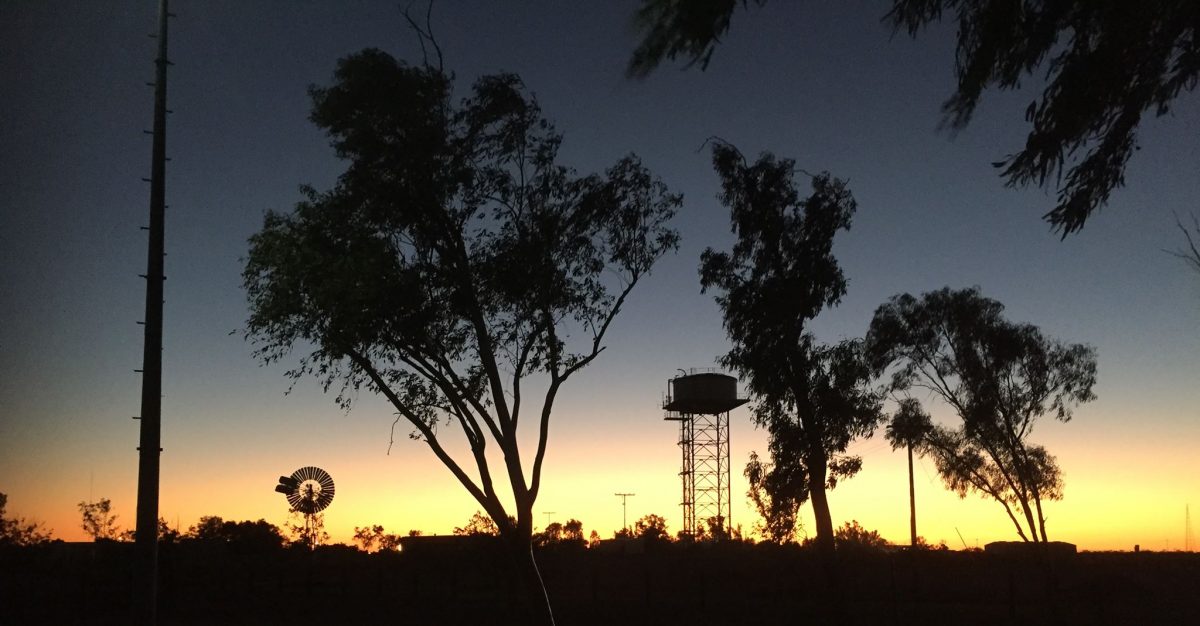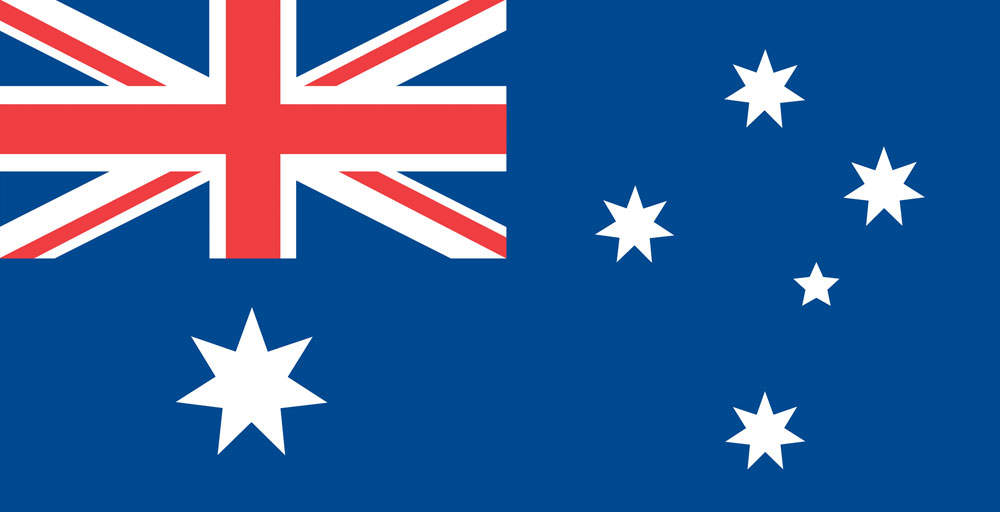Queensland Premier Anastacia Palaszczuk rightly suggests that northern New South Wales would be better served by a state government based in Brisbane, but she is far less persuasive arguing that it should be Queensland – at least in its current shape.
Recent rumblings about the inadequacy of government delivered by our federation are not new, but a debate that focuses only on fiscal imbalances and removing duplication of function between the Commonwealth and the States is only part of the story.
For all Australians to share in the opportunities of future prosperity, the current urban-centric model of national development should be superseded by a fairer and more democratic arrangement that sees regional people, especially in northern Australia, given the right to self-determination and responsibility for their own futures.
In many rural districts of Queensland, discontent with government is likely only to escalate in future, spurred by decisions pandering politically to city voters that trample all over the rights and views of regional industries and communities.
Think vegetation management laws divesting farmers of property rights without compensation, Fly-In Fly-Out (FIFO) resources projects marginalising and reducing regional communities, landholder conflict with miners and gas companies, and export bans that destroy livelihoods – and you get the drift.
At the same time a contrary trend of industry internationalisation through increasing foreign investment and export development coupled with the rise of the digital economy is enabling regional Australia to form its own strong and direct links with the world.
Already the source of two thirds of our national exports, understandably regional Australia is wanting a greater say in shaping its own future and wonders about the usefulness, efficiency and fairness of a federal structure of government which is essentially a federation of ‘city-states’.
The 1773 Boston Tea Party precipitated the American Revolution because Americans would no longer tolerate taxation without representation.
Those Australians living in the ‘flown-over’ regional and rural areas between the capital cities could be forgiven for feeling the same way – figuring disproportionately as they do in all the main indicators of disadvantage.
So here’s the point that seems to escape most discussion on the Australian federation: in the 21st century we should become more than a metropolitan federation.
For our nation to be developed sustainably on a genuinely continental platform of regional sovereignty and self-determination, the number of states should be increased to be more representative of Australia’s regions.
Talk back radio chatter calling for the abolition of the States in favour of having just Federal and Local Government ignores the reality of sovereignty beginning with the States.
Can anyone seriously see the States abolishing themselves?
Senator Matt Canavan quite rightly suggests that northern development would be better helped by a federation that more fairly reflected regional diversity, the size of our country, and the legitimate rights of regional people for government that acted on their aspirations not just the priorities of urban interests.
Why should the number of states and their boundaries be immutable?
There is nothing in the Constitution that prohibits increasing the number of Australia states and history reminds us that the best forms of governance are adaptable – as should be our state boundaries.
For continental nations like Australia, America and Canada, regional diversity in itself dictates that development that fairly reflects the will of the people will be most likely when sovereignty of government is grounded close to where people live.
After the 13 former crown colonies ratified the American Constitution and became the United States of America, another 37 states joined the union, the most recent being Hawaii in 1959.
The same was the case in Canada which added another six provinces to its original four after it achieved dominion status in 1867.
And yet here in Australia, boundaries conceived by a middle level English civil servant in the mid-19th century endure as the essential geographic structure of government.
Proponents of the status quo argue that new states would not be economically viable requiring fiscal transfers from the Commonwealth – much like Tasmania and South Australia.
In the short term, the national interest might well be served by start-up investment from the Commonwealth, but over the coming decades the development of Northern Australia will more than pay for itself, sustain more Australians and justify statehood.
In 1900 Queenslanders barely endorsed the current arrangement and there is much to suggest that most who voted for it came from central and northern Queensland believing that the reality of federation would eventually deliver them their own states.
Back then it was inconceivable that a State roughly the size of Western Europe could presume to reflect communities of interest a thousand or more kilometres away from the capital.
And all the changes of the past 116 years have not altered that essential premise of human democracy and regional development.

